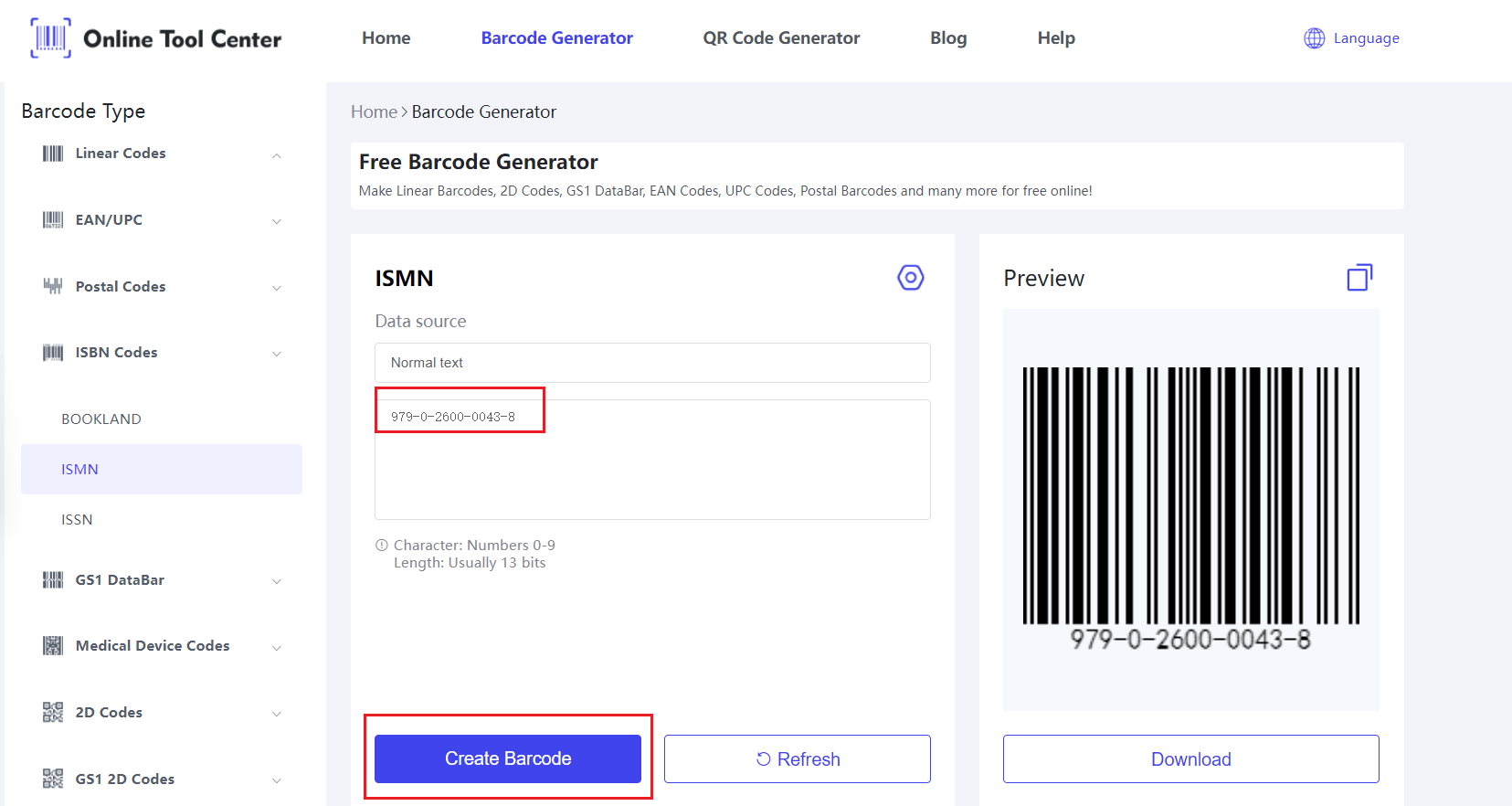What is ISMN?
The ISMN, introduced in 1993 by the International ISMN Agency, standardizes the identification of musical scores and related media. This 13-digit code helps categorize and track music publications internationally, simplifying trade and distribution in an increasingly global market.
What Does ISMN Stand for?
ISMN stands for International Standard Music Number. It's a unique identifier used to catalog and track notated music publications.
ISMN plays a crucial role in the music publishing industry. It is vital for managing inventory, facilitating ordering processes, and assessing rights, thus streamlining operations and ensuring efficiency across the globe.
The Structure of ISMN
An ISMN consists of four parts:
Prefix: Currently, the prefix is "979-0", indicating a music-related item.
Publisher: A unique code is assigned to each publisher.
Item: Represents the individual item or edition.
Check Digit: Calculated to validate the number.
This structure ensures each music publication can be uniquely identified, differentiating it from books (ISBN) and serials (ISSN).
Advantages of Using ISMN
1. Facilitation of Global Trade
The standardization provided by ISMN enables publishers, distributors, and retailers worldwide to manage their inventories more effectively, ensuring that music scores and related products are easily ordered and tracked across borders.
2. Benefits for Libraries and Retailers
For libraries and music shops, the ISMN simplifies cataloging and logistical processes, making it easier to manage large inventories and serve patrons or customers efficiently.
3. Importance in Digital Catalogues
With the rise of digital music libraries and databases, ISMN proves indispensable in organizing vast collections of digital scores, ensuring quick retrieval and accurate reference.
How do I get an ISMN?
Step 1: Identify the National or Regional Agency
Contact the appropriate national agency designated to issue ISMN in your country. Each country has a designated agency responsible for issuing ISMNs.
Step 2: Submit the Required Information
Provide details about the publication, such as title, composer, and publisher.
Step 3: Receive your ISMN
After processing your request, the agency will issue an ISMN for your publication. This number can then be used in barcodes and for cataloging purposes, facilitating easier distribution and management of your music publication.
Once processed, the ISMN is issued. This number can then be used with an ISMN barcode generator to create barcodes for both physical and online music scores.

Case Studies: Effective Use of ISMN
Several publishers and libraries have leveraged ISMN to streamline operations and enhance distribution efficiency.
For example, a major European music publisher was able to expand their market reach by integrating ISMNs into their distribution logistics, significantly boosting their operational efficiency and market presence.
Challenges and Limitations
Despite its benefits, the adoption of ISMN faces challenges such as the transition from older systems and the integration with newer digital formats. Some users also find the transition to the 13-digit format complex and resource-intensive.
Conclusion
The ISMN greatly improves how music publications are accessed and organized around the world.
As the music industry progresses, it's essential to adopt and integrate this standard to fully leverage the benefits of global distribution and digital technology.
Using tools like an online barcode generator for ISMN can significantly enhance the efficiency of this process.
FAQs
1. How does ISMN differ from ISBN and ISSN?
ISMN is specifically designed for music scores, while ISBN is for books, and ISSN is for serialized publications.
2. What are the common errors to avoid when applying for an ISMN?
Ensure accurate information is provided for all required fields and double-check the number for correct format and check digit.
3. How can ISMN benefit small music publishers?
ISMN enables small publishers to achieve wider visibility and easier access to global markets.




